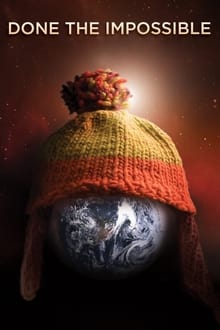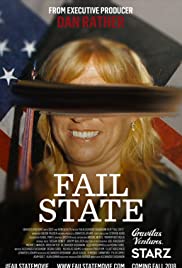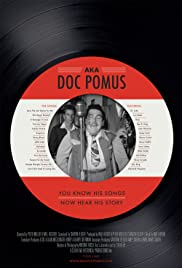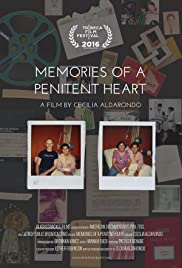
This film provides a retrospective of 24 hours at the Nova festival in Re’im through the lens of young individuals who endured the horror.
You May Also Like

A documentary covering Firefly’s birth, death and rebirth from the perspective of both the fans and the cast and crew of both productions.

The story of trailblazing 19th-century photographer Eadweard Muybridge, who changed the world with his camera. Artful, resilient, selfish, naive, eccentric, deceitful–Muybridge is a complicated, imperfect man and his story drips with ambition and success, loss and betrayal, near death experiences and even murder. “The machine cannot lie,” Stanford declared of Muybridge’s pioneering motion images. But what about the photographer?

This in-depth documentary explores the dark side of American higher education, exposing predatory for-profit colleges and the tactics they use to defraud students and the government.

Doc Pomus’ dramatic life is one of American music’s great untold stories. Paralyzed with polio as a child, Brooklyn-born Jerome Felder reinvented himself as a blues singer, renaming himself Doc Pomus, then emerged as one of the most brilliant songwriters of the early rock and roll era, writing “Save the Last Dance for Me,” “This Magic Moment,” “A Teenager in Love,” “Viva Las Vegas,” and dozens of other hits. Spearheaded and co-produced by his daughter, Sharyn Felder, and packed with incomparable music and rare archival imagery, this documentary features interviews with collaborators and friends including Dr. John, Ben E. King, Joan Osborne, Shawn Colvin, Dion, Leiber and Stoller, and B.B. King, as well as passages from Doc’s private journals read by his close friend Lou Reed.

Kevin Smith brings his famous and “infamous” Q&A back to his hometown of Red Bank, New Jersey for his 37th birthday.

An afflicted journalist embarks on a quest to find out why the CDC and medical system have neglected his disease and left millions sidelined from life.

An intimate look into the lives of one of the most iconic folk-rock bands in America – the Indigo Girls. With never-before-seen archival and intimate vérité the film dives into the songwriting and storytelling of the music that transformed a generation.

One man’s search for joy has culminated in a constant experience of rhythm in the world around him.

In the 50s and 60s, in Bucharest, political prisoners give birth to their children in one of the most beautiful monasteries in Central and Eastern Europe, later transformed into Văcărești Prison. Today, a wild vegetation has taken over these places, forming an ecosystem spread over several hectares with protected species of plants and animals, a protected natural park.

Journalists and fans await Ma Anand Sheela as the infamous former Rajneesh commune’s spokesperson returns to India after decades for an interview tour.

Twenty five years after Miguel died from AIDS, his niece, filmmaker Cecilia Aldarondo, embarks on an excavation into a quagmire of unresolved family drama. Like many gay men in the 1980s, Miguel moved from Puerto Rico to New York City; he found a career in theater and a rewarding relationship. Yet, on his deathbed he grappled to reconcile his homosexuality with his Catholic upbringing. Now, decades after his death, Cecilia locates Miguel’s lover Robert, who has been shunned and demonized by the family, in order to understand the whole story.

What has Nasa been hiding from us beyond the visual spectrum?